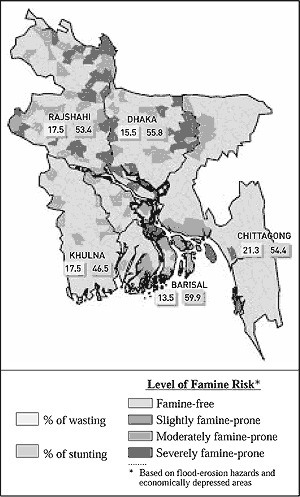
Figure 11-9: Food insecurity and malnutrition in Bangladesh
(FAO, 1999b). |
Box 11-2. Bangladesh: Food Insecurity in an Agrarian Nation
Malnutrition remains endemic in Bangladesh, an overwhelmingly agrarian
country where most rural households do not own land and have few other
opportunities to earn wage income. At barely 2,000 kilocalories per person
per day, food availability falls short of meeting basic requirements.
With extensive poverty, malnutrition, inadequate sanitation, and inadequate
access to health care, the country is vulnerable to outbreaks of infectious,
water-borne, or other types of diseases. Less than half the population
of Bangladesh currently has access to adequate sanitation. Some areas
of the country still face the risk of famine; others have frequent floods
and often are devastated by cyclones and storm surges.
Overall, the rate of undernourishment is very high (37%), as is the prevalence
of underweight, stunting, and wasting among children (Figure
11-9). Rates are high throughout the rural areas that are home to
80% of Bangladesh's population. More than 60% of rural households
are functionally landless, and there are limited opportunities for income
diversification (Mimura and Harasawa, 2000). The level of vulnerability
is likely to increase as a result of severe land degradation, soil erosion,
lack of appropriate technology, and the threat of sea-level rise from
global warming. Climate change could result in a decreased supply of water
and soil moisture during the dry season, increasing the demand for irrigation
while supply drops. Improving irrigation efficiency and agricultural productivity
will help make Bangladesh self-sufficient in crop production and reduce
malnourishment. Higher yields may enable the country to store food supplies
to carry it through low-harvest years (Azam, 1996). A switch to growing
higher value crops and expansion of free market reforms in agriculture
may enable Bangladesh to sell more crops for export. Diversification should
help in providing robustness to withstand climate change and variability.
|